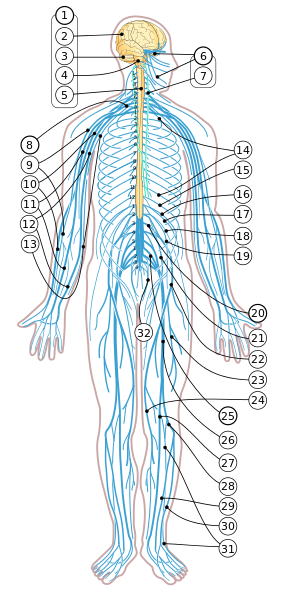
Vagal Nerve Stimulation (VNS) is used to treat complex epilepsy. There are two Vagus nerves on each side of the body, but only the left is used for this procedure because the right Vagus nerve regulates cardiac activity. In patients with complex epilepsy that is not well controlled by antiepileptic medications, VNS is recommended.
What is it?
VNS corrects abnormalities originating from nerve activity within the brain. In this procedure, a pacemaker implanted in the chest connects to a wire leading to the vagus nerve, allowing neurosurgeons to send electrical impulses to regulate different regions of the brain.
What should I do to prepare?
VNS is an elective procedure. Patients should discuss all treatment options with their doctor before undergoing VNS. Patients may be asked to discontinue certain medications. Patients may also be directed not to eat or drink before surgery.
What happens during the process?
First, the patient’s placed under general anesthesia for this procedure. The surgeon makes an incision in the upper-left side of the chest to implant the stimulator device. This device is designed to be permanent but can be removed if necessary. A second incision is made on the left side of the neck. A lead wire is connected to the stimulator, placed under the skin, and then wrapped around the Vagus nerve through a second incision. Following the surgery, the stimulator is activated in the doctor’s presence to ensure the patient tolerates the VNS impulses well. A computer regulates and sets the impulses, but the patient will also have a magnet to manipulate the device when they begin to experience a seizure. The magnet will activate the device, and either prevents or reduces the seizure.
What are the risks and potential complications?
Some risks and complications associated with this procedure include pain near the surgical sites or in the chest, excessive bleeding and infection, difficulty swallowing, vocal cord paralysis, breathing problems, reduced heart rate, and tingling or prickling of the skin.
Disclaimer:
All GlobeHealer Site content, including graphics, images, logos, and text, among other materials on the site are for educational purposes only. This content is not intended to be a substitute for professional medical advice, and you should always contact your physician or qualified health provider for information regarding your health. Information on this site regarding the overview, diagnosis, and treatment of any kind should be looked at, in addition to the advice and information of your health care professional. Do not disregard medical advice or delay seeking treatment or medical advice due to information found on the GlobeHealer site.
If there is even the possibility that you may have a medical emergency, seek treatment, call your doctor, or call your local emergency telephone number immediately. GlobeHealer does not endorse being the first line of communication in case of emergency and does not endorse any specific test, physician, facility, product, procedure, opinion, or other information that is or may be mentioned on this site or affiliated entities. Reliance of any and all information provided by GlobeHealer, its employees, affiliations, others appearing on the Site under the invitation of GlobeHealer, or visitors of the site is solely at your own risk and is not the responsibility of GlobeHealer.
Image Source: https://commons.wikimedia.org/wiki/File:Nervous_system_diagram_numbered.svg
